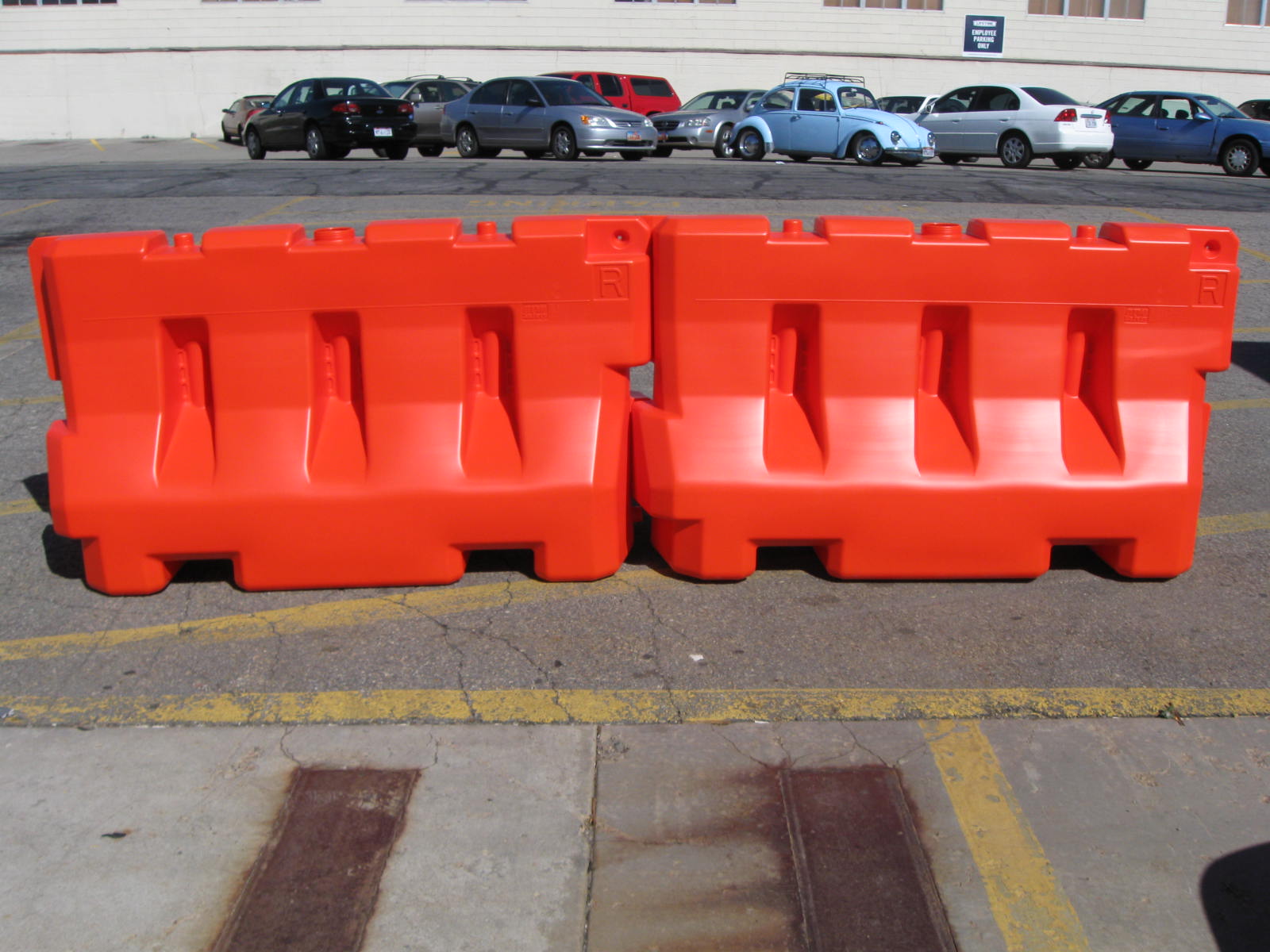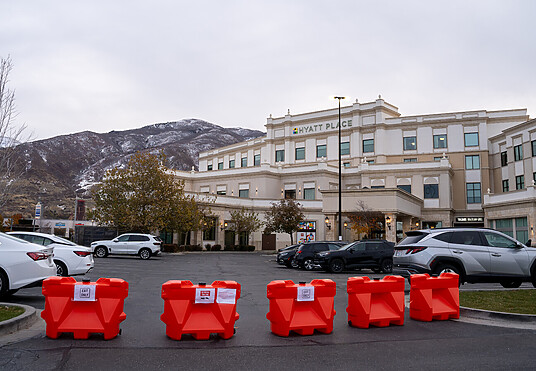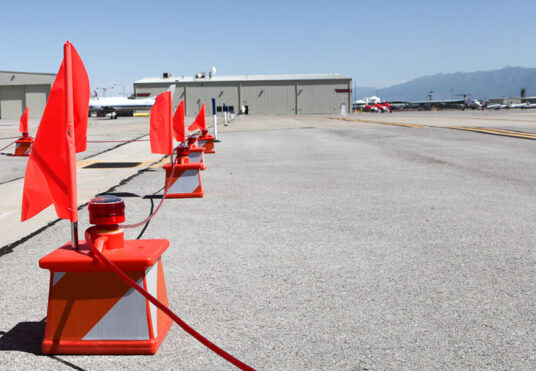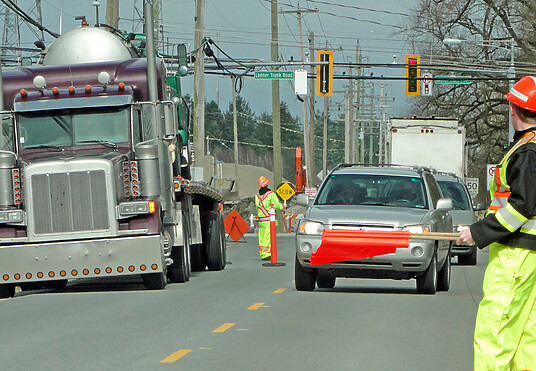5 Key Facts About The K-Rail

The K-Rail is one of the most recognizable barrier designs still in use today. It is also one of the most popular, most versatile, and, interestingly, oldest models used for roadside construction and traffic control. In fact, our K-Rail Barricade is actually one of our most popular products! Here’s a look at this special barrier design and explain five key facts about K-rails that all industry professionals should know:
K-Rails or Jersey Barriers?
So which came first, the K-rail or the Jersey barrier? The answer is both! “K-rail” is simply the California-specific term to describe what the rest of the country refers to as “Jersey barriers.” Both terms refer to the same barrier design.
How the K-Rail was Developed?
Strange as it may be to imagine, before the 1940s there were essentially no roadside barriers to speak of along America’s winding roads and burgeoning highways. As traffic increased and safety became a bigger issue, the California Division of Highways decided to test out a new barrier model along a particularly treacherous stretch of US-99, colloquially known as the “Grapevine Grade” for its many winding curves and tight passes.
As a result of their development efforts, the Division of Highways decided on a new parabolic concrete barrier to line the Grapevine Grade: the K-rail.
The K-Rail Goes National
While Californians still refer to modern parabolic barriers as K-rails, most of the rest of the country calls this design the Jersey barricade –– or the Jersey Curb. That’s because, while the design was first created and implemented under the name K-rail, it received widespread use in New Jersey in the 1950s. Following New Jersey’s lead, most other states began installing concrete “Jersey” barriers along highways and roadsides throughout the 1960s and ‘70s. By then the new name had already stuck.
What Makes the K-Rail Special?
What’s most noteworthy about the K-rail is its innovative shape and design. Though there have been certain alterations and updates over the years, the main design of the K-rail has remained remarkably consistent. That’s because the angled bottoms and parabolic shape minimize the damage of a car-crash impact. When struck, the barrier forces the wheel slightly off the ground and deflects and absorbs much of the damage that may otherwise threaten drivers, passengers, or civilians in the area.
How the K-Rail Has Changed
There are two major ways in which the modern K-rail is different from K-rails of the past: size and material. The first K-rails and Jersey barriers were very small by industry standards, some just 18-inches tall. Now, though, some K-rail walls are over 40-inches tall. Also, the K-rail shape has been adjusted in minor ways over time to promote greater safety.
In terms of material, some construction companies still utilize K-rails made from concrete. Broadly speaking, though, more and more organizations now favor plastic K-rails and Jersey barriers because of their increased level of safety, portability, and versatility. As a K-rail manufacturer ourselves, we take this innovation a step further and ensure that our plastic K-rails are 100% recyclable.
Contact Us
Whether you call it a K-rail or a Jersey barrier, our team at OTW Safety can help you identify the perfect barrier for your needs. OTW remains at the forefront of emerging safety standards and technology. Not only do we produce Jersey style barricades that emulate the iconic shape, but we are also consistently finding ways to improve designs and manufacturing techniques. Contact us here to learn more or to get started with us today. No matter where you’re located, North Dakota to Texas or California to Virginia, we can help get you the barricades you need



